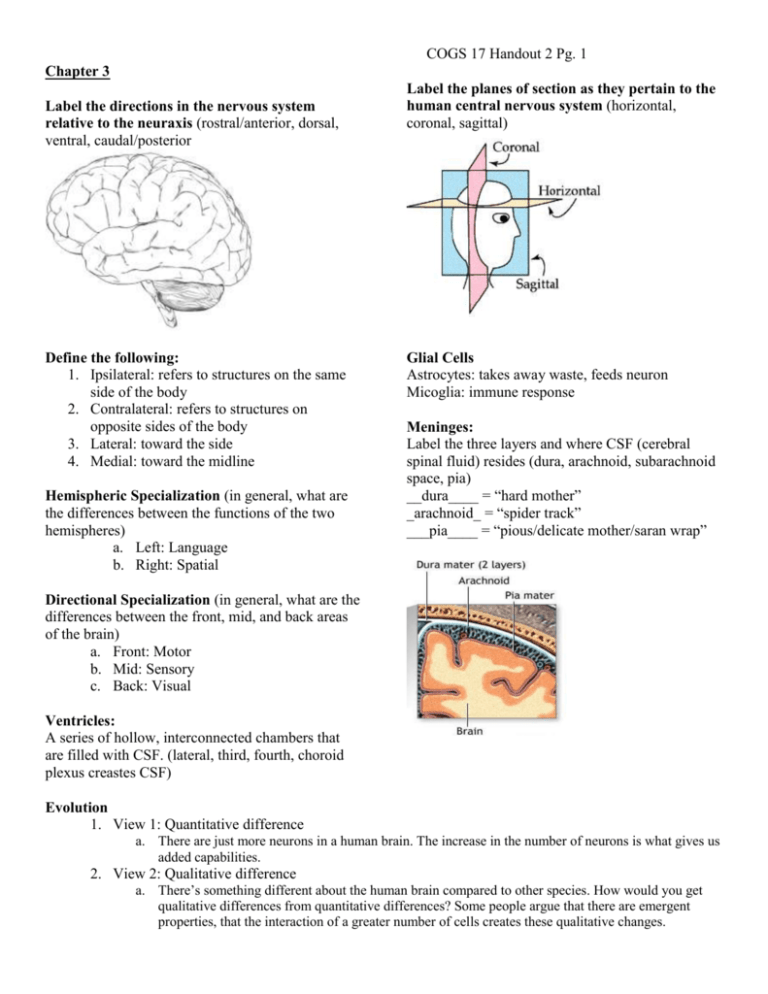

Department recommends completion by the end of the second year. At least two of the courses should be taken within the department. Upper-division undergraduate courses are acceptable by petition. Students complete a study plan recommended by their adviser. The department may waive some or all courses for students who already have the required knowledge. Students complete foundations courses in the areas of brain, behavior, and computation by the end of the second year. Participation in departmental events and committees.Approved study plan, which includes issues courses, methods courses, and laboratory rotations.Students who do not have this background can acquire it through self-study in the summer preceding arrival at UC San Diego or by taking self-paced study courses or relevant undergraduate courses at UC San Diego. At the time of advancement to candidacy, students choose a permanent adviser who also functions as the chair of the dissertation committee.Īll entering students are assumed to have basic prerequisite knowledge, and a list of basic readings will be provided to incoming students. Students may change the interim adviser at any time (as long as the new interim adviser is willing). The adviser helps chart a set of courses that fulfill the content area requirements, taking into account the student’s prior training and interests. AdvisingĪn interim adviser is appointed to serve as general adviser and counselor for each entering student.

The admissions committee reviews each applicant’s statement of purpose, letters of recommendation, GRE scores, previous education and work experience, and grade point averages, then recommends candidates for admission to the entire faculty, who make the final decision. Throughout the program, there are frequent faculty-student interactions, including special lectures by the faculty or invited speakers and the weekly informal research discussions and cognitive science seminar. Future years are spent completing the advancement to candidacy requirements and doing the thesis research. The first year is devoted to familiarizing the student with the findings and current problems in cognitive science through courses in foundations and issues.īy the second year, basic courses and laboratory rotations are completed, with the major emphasis on the completion of a year-long research project. This program provides broad training in neurological processes and phenomena the experimental methods, results, and theories from the study of psychology, language, and social and cultural issues and the studies of computational mechanisms. Students are admitted to UC San Diego through the home department and fulfill the requirements of both the interdisciplinary program and the home department. The Interdisciplinary PhD Program in Cognitive Science offers a joint PhD in cognitive science and a home department (anthropology, communication, computer science and engineering, linguistics, neurosciences, philosophy, psychology, or sociology). Students are admitted to UC San Diego directly into the department and fulfill degree requirements of the department. The Department of Cognitive Science offers a PhD in cognitive science. There are two PhD programs, each with different admissions and graduation requirements. info about the shape of an object processed sseparatelyfrom info about object and what its called, the visual system can deliver a specificaion of shaope on an object even when the object is not in any sense recognized.All courses, faculty listings, and curricular and degree requirements described herein are subject to change or deletion without notice. The left parietal lesions diametrically opposed pattern of behavior =, language problem. Right partial lesions are able to recognize and verbally identify familiar objects provided they can see them from familiar or conventional perspectives. Damage to the left and right parietal cortex- areas of the brain tend to produce problem perceptual recognition. Top-down analysis: specific info processing, thinking about human vision, visual system strongly influenced by research. Computational analysis of the visual system: computational investigation into the human representation and processing of visual info, analyze cognitive systems: 1) translate gen description fo cog systems into a specific account of particular info processing identify the constraints that hold upon any solution to info processing task.


 0 kommentar(er)
0 kommentar(er)
